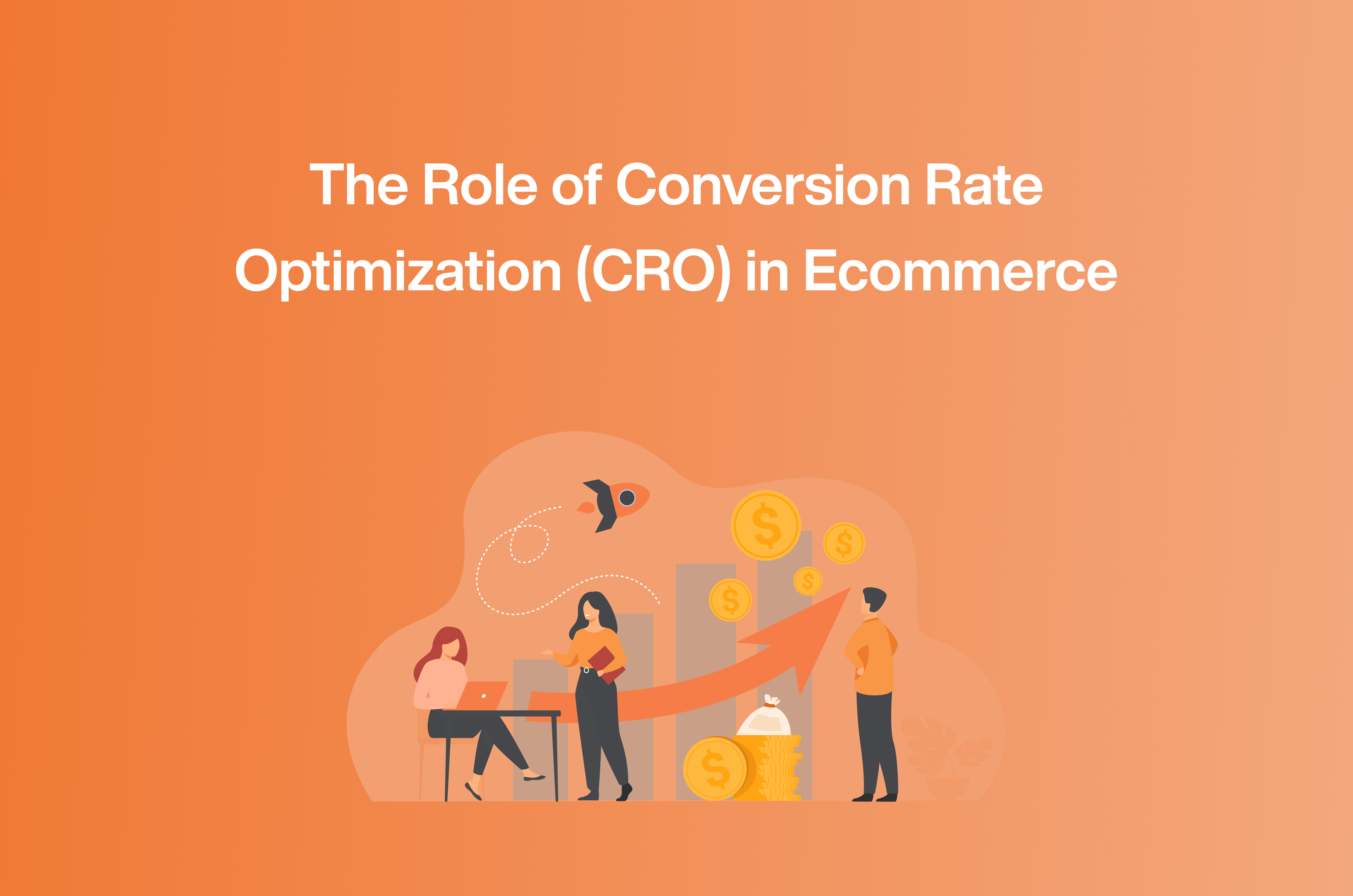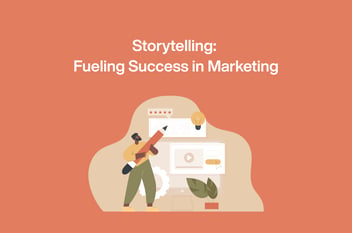Where the quest for business growth is relentless, Conversion Rate Optimization (CRO) emerges as an underappreciated yet potent force in driving sales and revenue. Often overshadowed by the prominence of Facebook ad structures and other marketing methodologies, CRO remains an unsung hero in transforming visitor traffic into loyal customers, particularly in the realm of Shopify stores.
Understanding Conversion Rate Optimization (CRO)
CRO embodies the systematic process of refining a website or landing page, creating alternative versions, and subjecting them to A/B testing. This methodology, espoused by industry experts, presents a compelling argument: the significance of CRO transcends mere marketing strategies; it's a pivotal lever capable of amplifying business growth by doubling sales through astute and concise testing.
Tools and Techniques
Embracing CRO involves leveraging a suite of tools and techniques tailored to individual business needs. Platforms like Google Optimize offer comprehensive solutions for split testing, while page builders such as GemPages or Shogun facilitate A/B testing with relative ease. However, for platforms like Shopify, integrating A/B tests remains a challenge, necessitating the utilization of external CRO tools alongside developer and designer expertise.
Tailored Strategies for Business Stages
The approach to CRO isn't a one-size-fits-all paradigm; it hinges on the business's scale, resources, and technical infrastructure. For nascent ecommerce entities with revenue ranging from zero to $500,000 annually, CRO remains pertinent but perhaps less structured. Implementing post-purchase surveys and integrating findings into email split tests form an initial foray into understanding customer behaviour and preferences.
Evolution and Team Building
As revenue escalates beyond the $500,000 mark up to $2 million, the emphasis on CRO intensifies. Investing in a dedicated team comprising a UI designer, a front-end developer, and a CRO specialist becomes a pivotal decision. These professionals collaborate to construct and execute impactful tests, ensuring a more refined and efficient CRO program.
Strategic Implementation and Testing
The ICE framework—Impact, Confidence, and Ease—guides the prioritization of tests, emphasizing the need for impactful changes while considering implementation feasibility. Starting with macro-level changes on product pages, businesses navigate towards smaller, incremental adjustments, adhering to the golden rule of A/B testing: changing one variable at a time for accurate analysis.
Cautionary Measures and Success Metrics
While the benefits of CRO are immense, it's imperative to exercise caution. Overburdening websites with CRO tools or design modifications might inadvertently slow down the site, adversely affecting visitor engagement. Measuring success through metrics like revenue per visitor and considering operational expenses in testing become indispensable in discerning the true impact of CRO on profitability.
Conclusion
In the quest to amplify sales, CRO emerges as a vital catalyst. It demands meticulous planning, a nuanced approach to testing, and a keen eye on user experience. Unlocking the full potential of CRO entails a blend of strategic planning, astute testing, and a steadfast commitment to refining the customer journey—ultimately leading to the exponential growth of ecommerce businesses.




